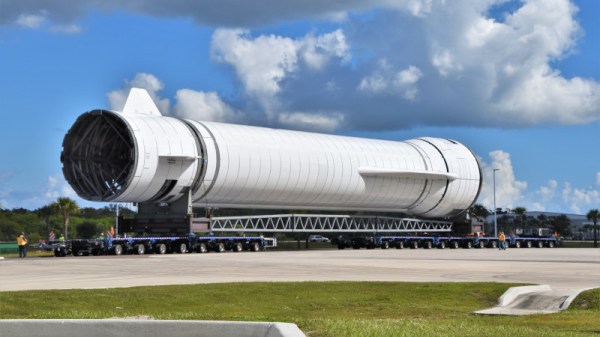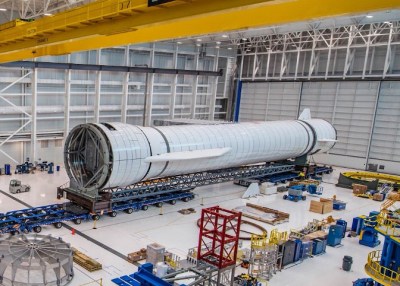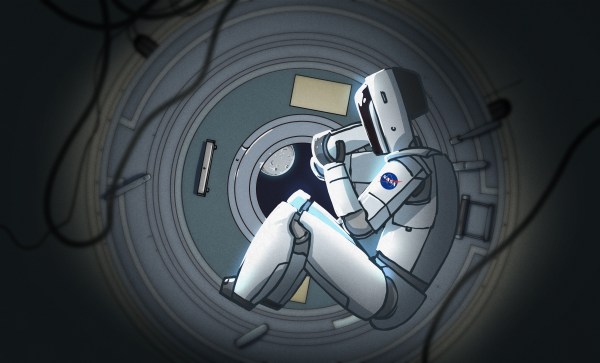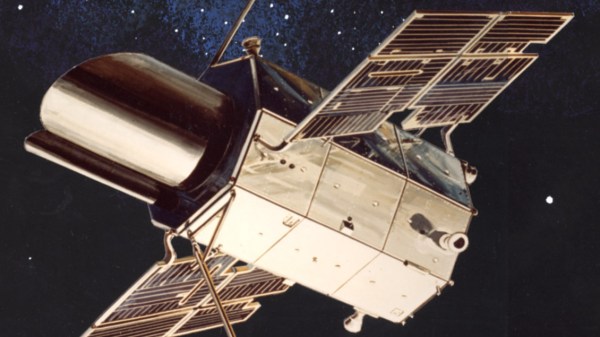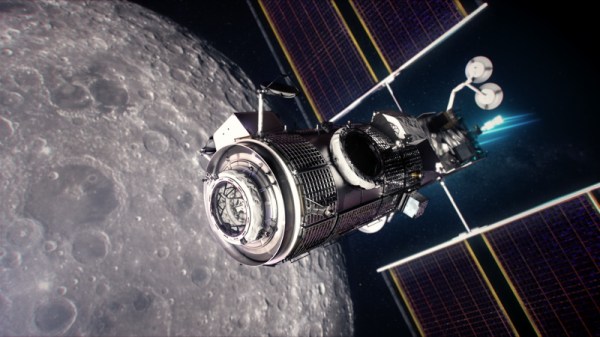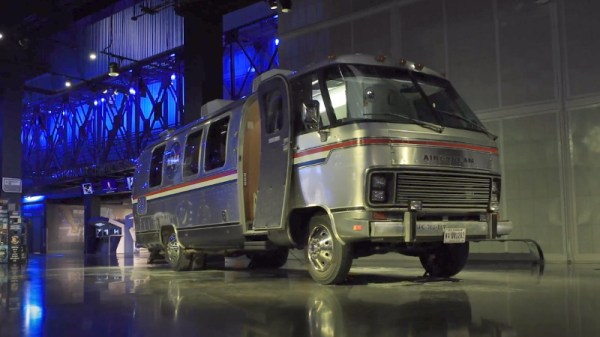At the time of this writing, the James Webb Space Telescope was perched upon its ride to space, ready for its much-delayed launch from the ESA spaceport in French Guiana. The $10 billion space observatory suffered one final delay (knocks on wood) when predictions of high winds aloft pushed it back from a Christmas Eve launch to a Christmas Day departure, at 12:20 UTC. Given the exigencies of the day, we doubt we’ll be able to watch the launch live — then again, past experience indicates we’ll still be wrapping presents at 4:20 PST. Either way, here’s hoping that everything comes off without a hitch, and that astronomers get the present they’ve been waiting many, many Christmases for.
In other space news, things are getting really interesting on Mars. The ESA announced that their ExoMars Trace Gas Orbiter has detected signs of water in the Valles Marineris. The satellite found a large area of increased hydrogen concentration in the top meter of Martian soil; the assumption is that the hydrogen comes from water, meaning that as much as 40% of the material in the region scanned may be water. If so, that’s a huge find, as we thought most of Mars’ water was locked in the polar regions. The Mariner Valley stretches more than 4,000 km just below the equator, and so may prove to be an important resource for future explorers.
Meanwhile, in Jezero crater, Perseverance has decided to upstage its rotorcraft sidekick for a change by finding signs of organic molecules on Mars. It’s not the first time organic compounds have been found — Perseverance’s cousin Curiosity found some too, ESA’s Mars Express mission spotted methane from on high, and then there were the equivocal but intriguing results from the Viking missions in the 1970s. But the latest evidence is really great news for the scientists who picked Jezero crater as a likely place to search for signs of past life on Mars. The organics found are not proof of life by any means, as there are many ways to make organic molecules abiotically. But then again, if you’re going to find evidence of life on Mars, you’ve got to start with detecting organics.
Back on Earth, getting your laptop stolen would be bad enough. But what if it got yoinked while it was unlocked? Depending on who you are and what you do with that machine, it could be a death sentence. That’s where BusKill could come in handy. It’s a hardware-software approach to securing a laptop when it — or you — suddenly goes missing. A dongle with a breakaway magnetic lanyard gets plugged into a USB port, and the other end of the lanyard gets attached to your person. If you get separated from your machine, the dongle sends customizable commands to either lock the screen or, for the sufficiently paranoid, nuke the hard drive. The designs are all up on GitHub, so check it out and think about what else this could be useful for.
If you like the look of low-poly models but hate the work involved in making them, our friend and Hack Chat alumnus Andrew Sink came up with a solution: an online 3D low-poly generator. The tool is pretty neat; it uses three.js and runs completely in-browser. All you have to do is upload an STL file and set sliders to get rid of as many triangles as you want. Great stuff, and fun to play with even if you don’t need to decimate your polygons.
And finally, what have you done with your oscilloscope for the last three years? Most of us can’t answer that except in the vaguest of terms, but then there’s DrTune, who took three years’ worth of screencaps from this Rigol DS1054z and strung them together into a 60-second movie. He swears he didn’t purposely sync the video to the soundtrack, which is “Flight of the Bumblebee” by Rimsky-Korsakov, but in some places it’s just perfect. See if you can guess what DrTune has been working on by watching the waveforms fly by. And watch for Easter eggs.


